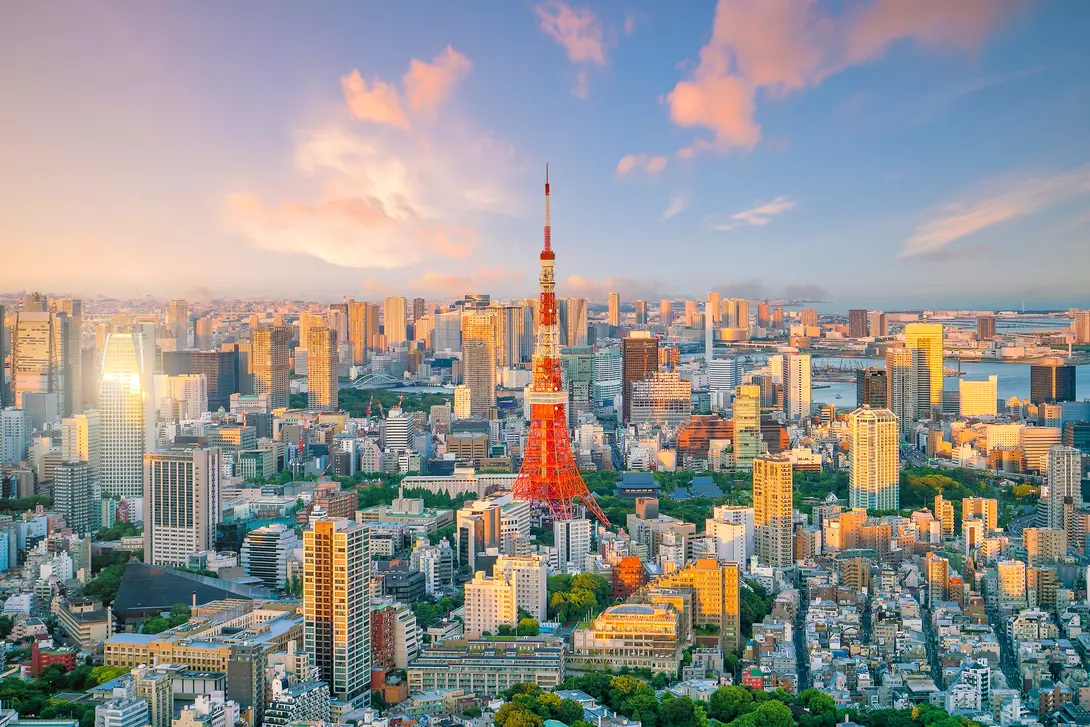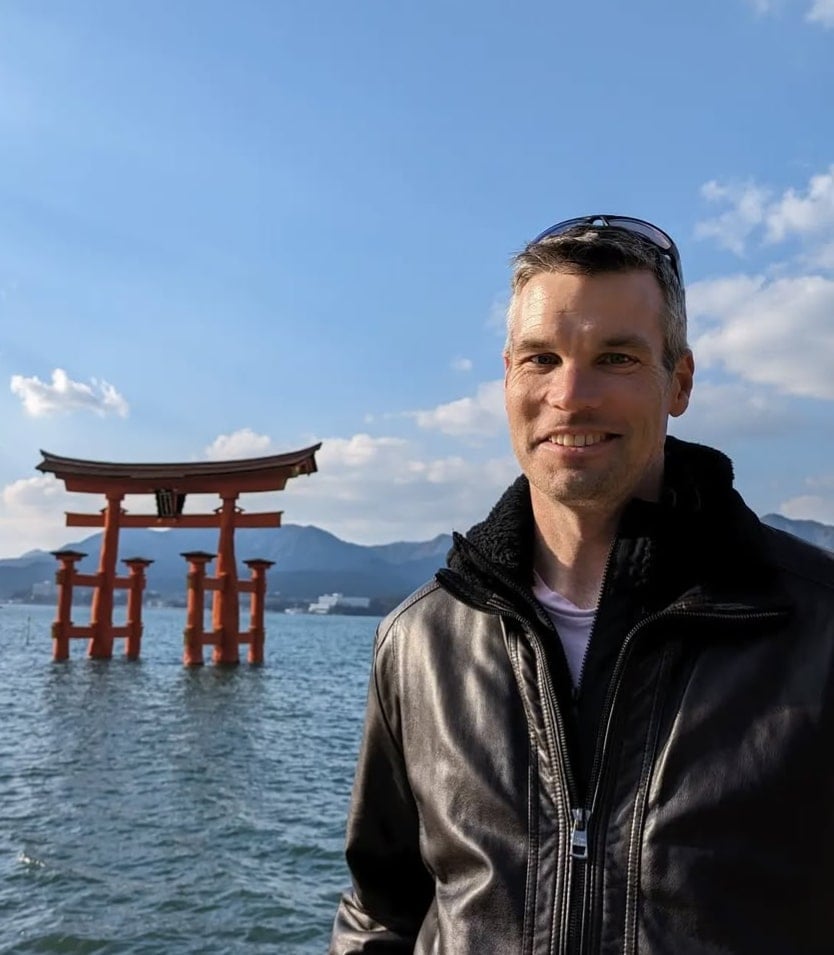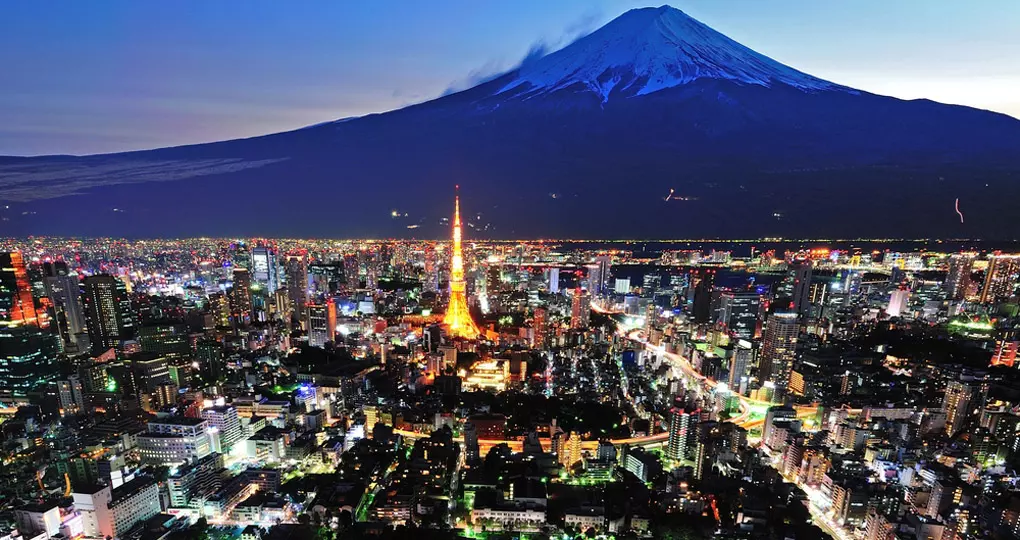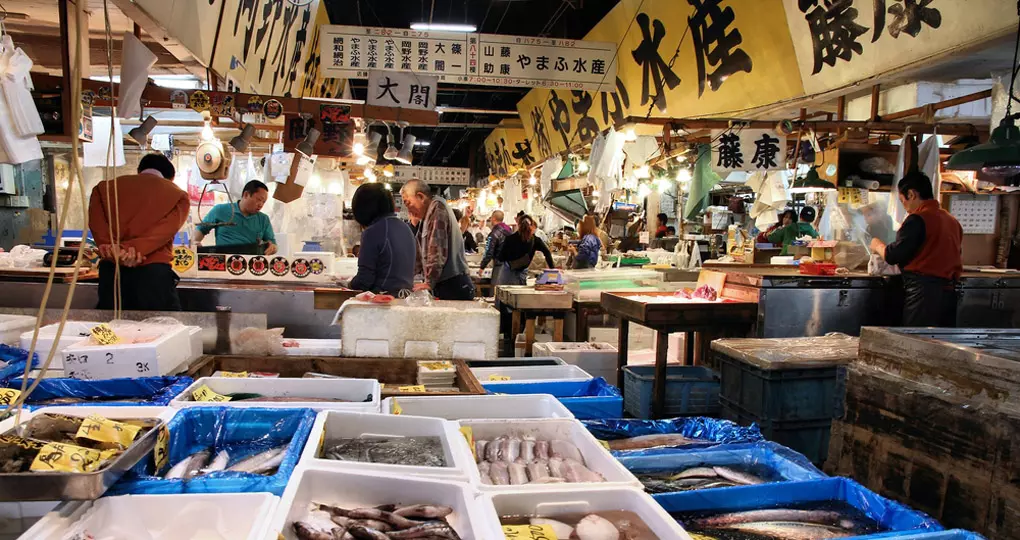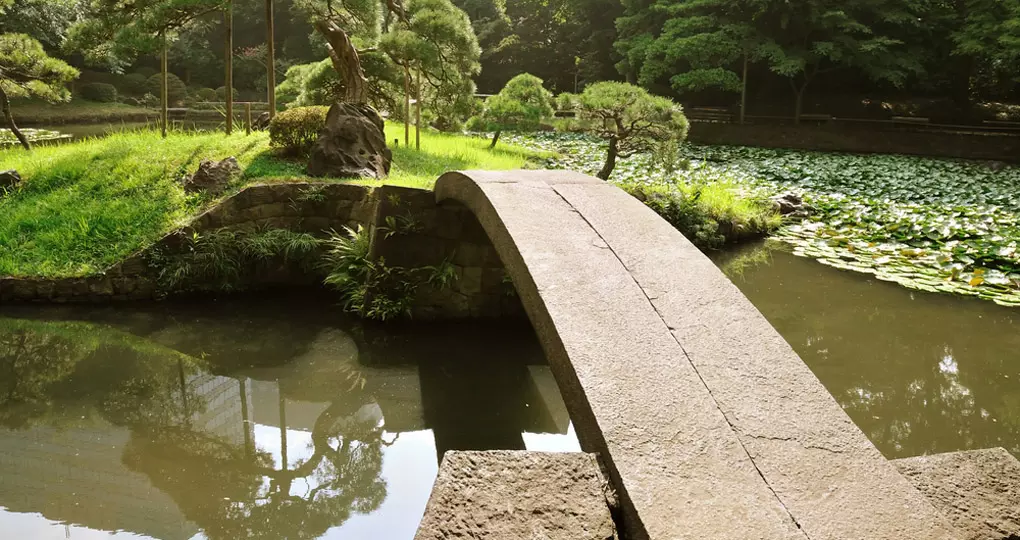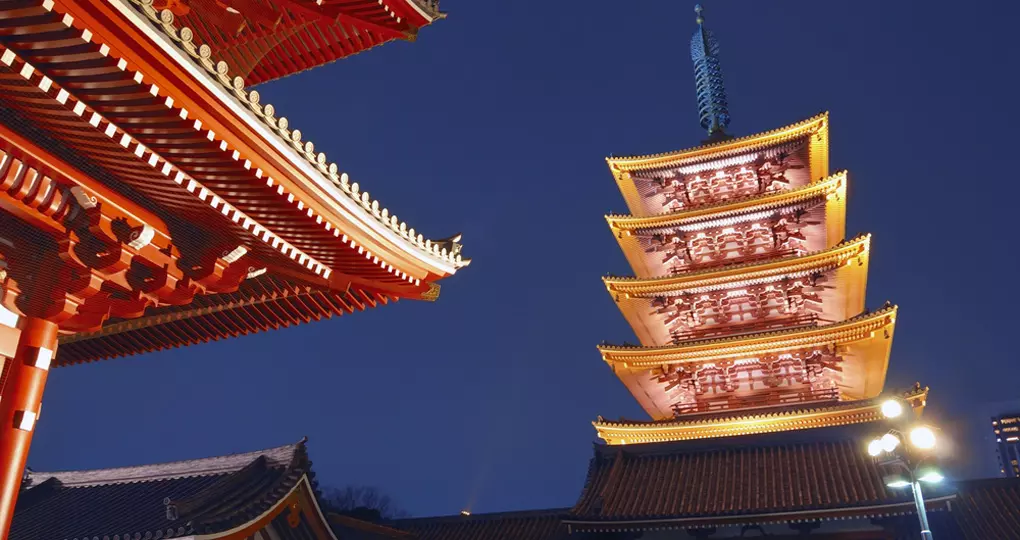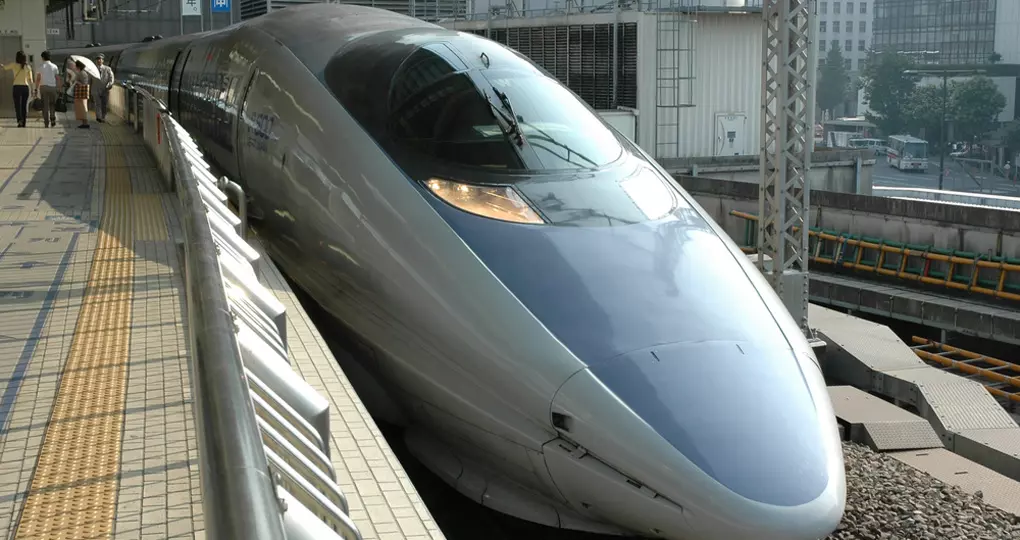Top Attractions
This is the home of the Emperor and Empress of Japan. Surprisingly, the palace is situated in the very heart of the city and is an oasis of tranquillity amid the hustle and bustle of Tokyo. This castle-like building is surrounded by moats, tree-filled gardens and impressive stone walls. Unfortunately, you can only visit the inner palace grounds two days a year on Japanese tours. However, the attractive Imperial Palace East Garden and Outer Garden which are a part of the palace area are open to the public. The large plaza in front of the Imperial Palace is where visitors can view the Nijubashi, two bridges that form an entrance to the inner palace grounds.
This park houses a number of the most important museums and art galleries in the city. They include the Tokyo National Museum with its large collection of national cultural treasures of around 100,000 objects from early Japanese times to the present day such as Buddhist statues, calligraphy, tea ceremony art, swords, armour, and pottery. The National Science Museum houses fascinating exhibits including some on space exploration. The National Museum of Western Art houses an extensive collection of Western art and the Tokyo Metropolitan Art Museum has a collection of works spread over many periods. Another small cultural gem is the Shitamachi Museum which provides a look at Japan in the early 20th century with re-created houses and stores and cultural artefacts. Ueno has a zoo containing more than 300 animals.
This is an old traditional district. Asakusa was once Tokyo's largest pleasure district filled with gangsters, geisha, courtesans, writers, artists, actors and beggars. The main attraction today in this colourful neighbourhood is the Sensoji Buddhist Temple also known as the Asakusa Kannon Temple originally built in the 7th Century and Tokyo's oldest and most visited temple. It is an active temple and always busy. From the temple, you can explore the neighbourhood, especially the shopping street called Nakamise. This a street market with many stalls selling everything from snacks to typical Japanese souvenirs. There are also boutique-style shops in this area which sell more upscale merchandise.
This may not be everyone’s cup of tea on Japan tours, but are a popular tourist attraction and a recommended site. The outer fish market consists of several small retail shops and restaurants situated in narrow lanes. Here you will find all kinds of food-related goods, fresh seafood, and other produce for sale.
In the Harajuku district, you will find the renowned and popular Meiji Shrine which was built in 1920 and dedicated to the first modern Emperor and Empress of Japan at that time. Next to it is a spacious park and gladed forest with attractive paths along which to stroll, an oasis in the middle of this vast city. You can, if you wish, take part in typical Shinto (a branch of Buddhism activities) such as making offerings in the main hall, or writing a wish on an ema (a small plaque) which you subsequently hang up in the shrine. You may be fortunate to see a traditional wedding ceremony take place on the grounds of the shrine. The whole wedding party is often dressed in traditional costumes. These ceremonies are a regular occurrence.
Yasukuni Shrine is a Shinto shrine that commemorates Japan's war dead. The shrine was founded in 1869 with the purpose of enshrining those who have died in war for their country and sacrificed their lives to help build the foundation for a peaceful Japan. Around the shrine, grounds stand hundreds of cherry trees.
Tokyo Disneyland is a theme park that opened in 1983 as the first Disney theme park outside of the United States. Modelled after Disneyland in California and the Magic Kingdom in Florida, Tokyo Disneyland is made up of seven themed lands and features seasonal decorations and parades.
The Edo-Tokyo Museum is in the Ryogoku district. The museum's permanent exhibition vividly illustrates Tokyo’s past through its exhibits and covers many features of the capital from the Edo Period to relatively recent decades.
